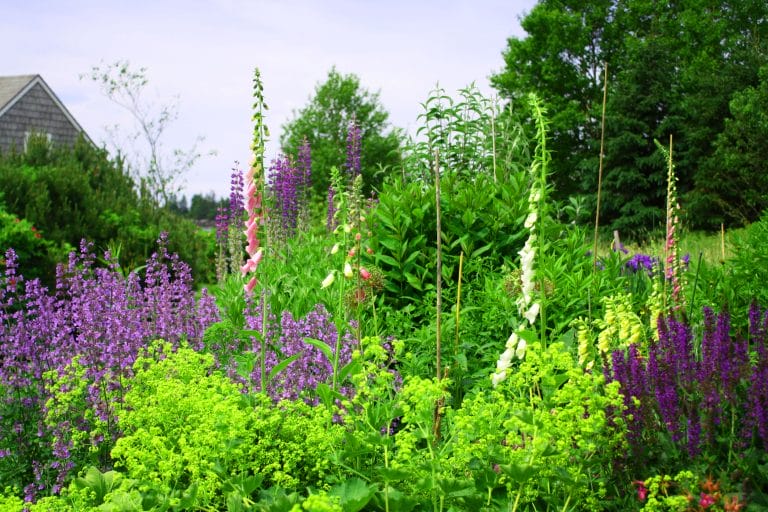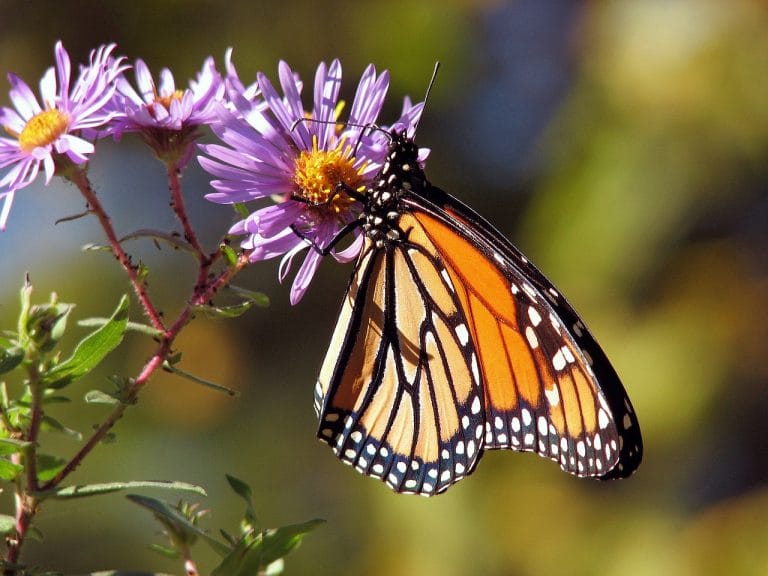
- Monday-Friday 7AM – 5PM | Saturday 7AM - 5PM | Sunday: 8AM - 4PM
Menu

Watching the seasons take course through the lens of plant life is one of the most fulfilling things that the natural world has to offer. The spring begins, blooms take shape; summer beholds kaleidoscopic swatches of flowers, vegetables and foliage. Autumn warns us of the coming cold with beautiful displays of warmth; winter provides a time to reflect on the year that was and the plants that grew. Perennials, especially, will remind one of this cycle year after year. But how do these plants go from leafless to in bloom, over and over again, when the winter kills off the artifacts of plant life? A winter hardy perennial will be able to complete and repeat this cycle over the course of its life, meaning that winter-hardy plants can handle the cold of winter, only to re-emerge the next spring.
“Terms such as cold hardy, frost hardy, and winter hardy are used to describe woody plants that can survive freezing temperatures without injury during the winter,” as explained in the book Landscaping for Dummies (1999). This simply means that a cold-hardy plant is a plant that can survive through the winter, lasting through freezes, without damage. These plants can make it through the winter, only to grow the following spring.
Cold-hardy is a general term, as “cold” means something different all around the world. “For plants, it’s cold in Venice, California, on those rare occasions when the thermometer dips to 30°F. In Burlington, Vermont (home of the National Gardening Association), cold is a lot colder: -20°F is not unusual. Even though landscapers are natural-born experimenters, imagine investing a few thousand dollars and your free time in summer planting a new landscape only to watch the plants curl their toes and die their first winter. To avoid that is exactly why climate zones were invented,” continues Landscaping for Dummies (1999).
Since McHenry County is in growing zone 5b, any plants that are planted, and expected to make it through the winter, should be confirmed to grow in 5b before planting. Landscaping for Dummies (1999) furthers this, “climate zones are the most critical for permanent landscape plants. If you want a tree, shrub, vine, or perennial to survive and grow year after year, the plant must tolerate year-round conditions in your area—most often, this means the lowest and highest temperatures. Other factors are important too, namely the amount and distribution of rainfall (or availability of irrigation water) and soil conditions.”
Finally, “perhaps the safest course to ensure plant adaptability is to grow only plants that are native to your particular region—they are most likely to have the constitution to survive in your landscape.” These would be native plants, like wild perennial grasses and pollinator plants native to Midwest prairie lands.
At Whispering Hills Garden and Landscape Center, we select every single one of our plants, trees and shrubs to grow in Illinois, specifically growing zone 5b. Perennials or trees that are purchased at Whispering Hills will last the winter, unless specifically sought out as an annual. This means that we do the work confirming the vitality of your plants, and all you have to do is select the plants that you’d like to grow in your landscape.
Whispering Hills Garden and Landscape Center is a full service landscape center and nursery located in Cary, Illinois. Stop in today to schedule a Spring 2022 cleanup. (Updated: 12/14/21)
Shop Archive

In an era where sustainability is more than a buzzword, Whispering Hills Garden Center

June is National Pollinator Month, a perfect time to celebrate the essential role pollinators

As the weather warms up, spending time outdoors becomes more appealing. However, with the
**IMPORTANT** Non e-commerce prices listed on various pages of this site, may not reflect the most up-to-date prices. Call to verify prices before coming in.